“Dude, Gladiator is in. Get up here as fast as possible.”
The voicemail on my phone was from Joel Kowalski, the Ottawa River local who got me into kayaking 12 years ago.
Dane Jackson and I packed up his Sprinter van, rearranged our schedules for the next three weeks and made our way to the land of epic river waves and equally epic parties—Stakeout, the forefront of big air tricks.
Bare trees, melting snow and the roar of running water marked the end of our 23-hour, Red Bull-fueled migration. First stop, Glad- iator, as Joel had suggested. Our initial scout ended in an impossible discovery: the high water was too high!
Water was coursing through the river valley at levels unheard of in our generation of boaters—perfect for the purpose of our Stakeout started in the early 2000s when a group of kayakers, including Pat Camblin, Marlow Long and the crew of Young Gun Productions, went searching for the biggest river waves ever surfed. With no idea where to go, we joined up with Joel, Pat and Ben Marr and, during some pre-partying, made a wave hunting plan. The following days were spent searching bulging riverbanks for the perfect whitewater.
THE BEST WAVE ON EARTH
The first two waves, Bryson Bowl and Trailer Park Wave, offered lots of air and trick potential, but we wanted even more.
On the fourth day we learned that Lucifer’s was in—a wave known for epic beat-downs and massive air potential. We stuffed six people and nine boats into the Sprinter van and headed off. The wave packed a punch with a meat-eating hole on surfers’ left and an ocean wave-style green shoulder on your right. Insanely aerial tricks and technical combos happened between beatings, until we got some news that made us drop everything and move on.
The Ruins had flooded in with the perfect level to draw big wave paddlers from around the world. The parking lot was filled with boats, shuttle rigs and drying gear.
Those who have surfed it claim it to be the best wave on earth.
It was a blank canvas—Triple Airscrew, Bread and Butter-Airscrew, Airscrew-Bread and Butter, Flash- back-Airscrew-Clean Blunt—only imagination could limit the poten- tial. With triple combos as a goal, we lined up to link as many tricks as possible, throwing continuous combos that hadn’t been seen until recently on almost every ride.
As a final Stakeout miracle, the river Gods granted Gladiator levels just in time for the Ottawa XL, a qualifying competition for the Whitewater Grand Prix. Gladiator, the Holy Grail of Stakeout, has one of the biggest green faces known to man, ridiculous airtime potential and a frightening ledge hole behind it.
After three weeks of endless tricks and a new limit for what can be done in freestyle, it was time to move on. But when spring melt draws the waves back out of hibernation, you’ll find the same group making their migration, flooding to the banks for Stakeout, the greatest time of year.
Scott MacGregor is the founder and publisher of Rapid magazine.
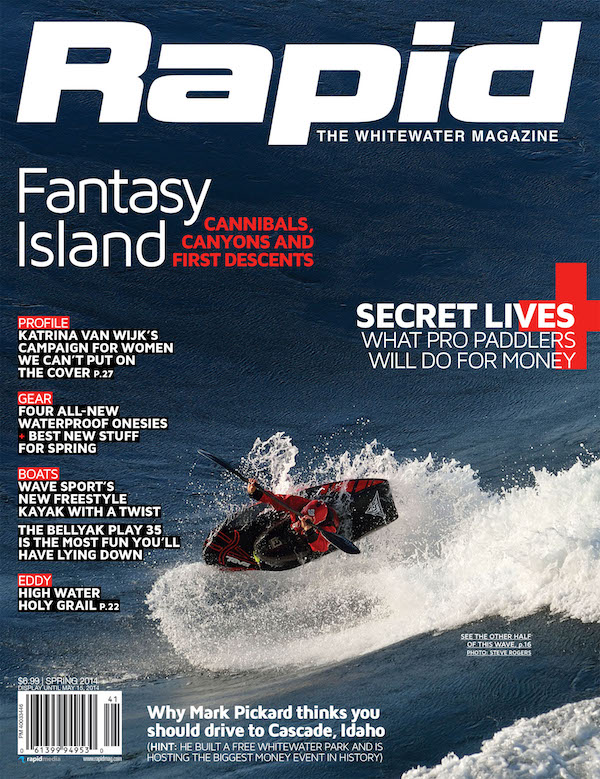 This article was first published in the Spring 2014 issue of Rapid Magazine. Subscribe to Paddling Magazine’s print and digital editions, or browse the archives.
This article was first published in the Spring 2014 issue of Rapid Magazine. Subscribe to Paddling Magazine’s print and digital editions, or browse the archives.





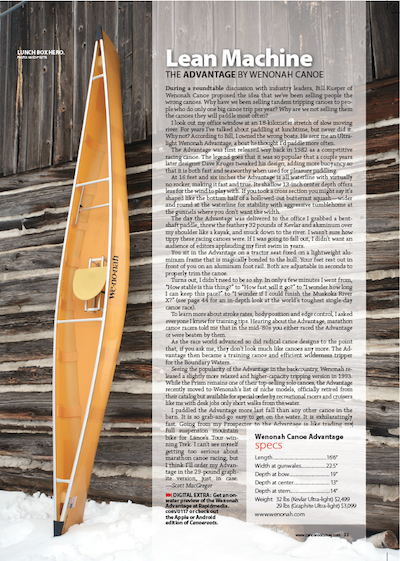 Get the rest of this boat review that originally appeared in Canoeroots and Family Camping, Spring 2014 by downloading our free
Get the rest of this boat review that originally appeared in Canoeroots and Family Camping, Spring 2014 by downloading our free 
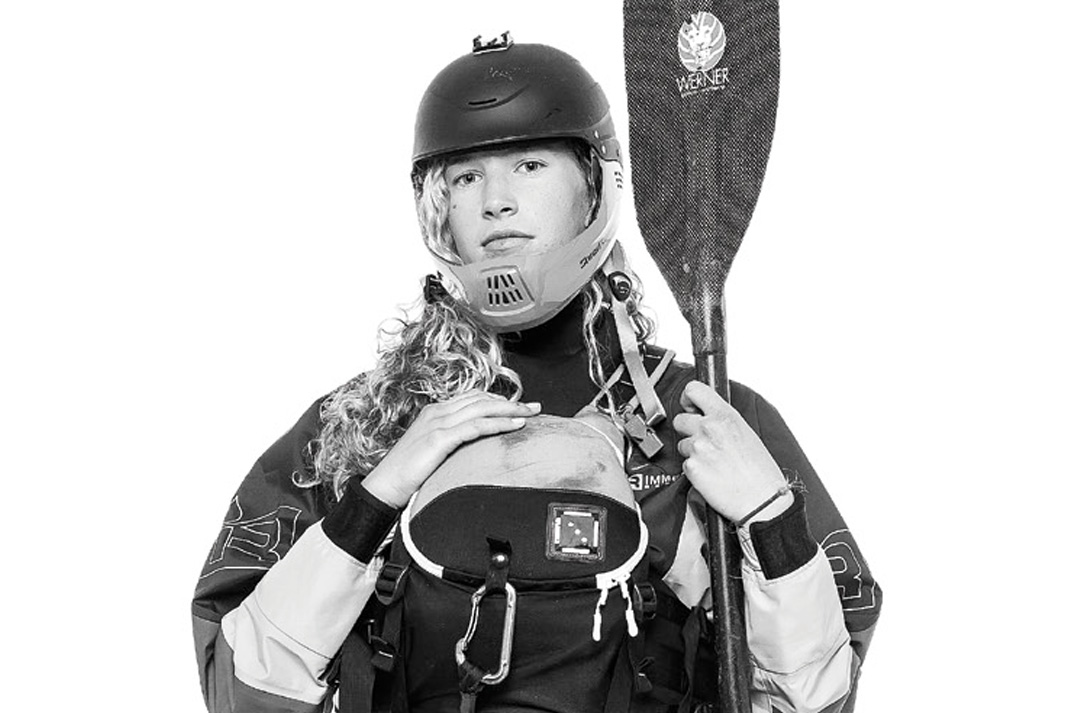


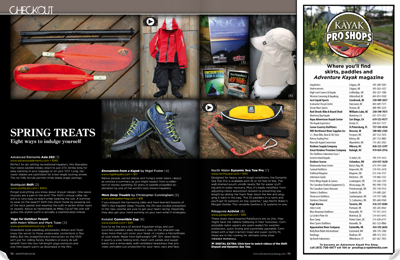


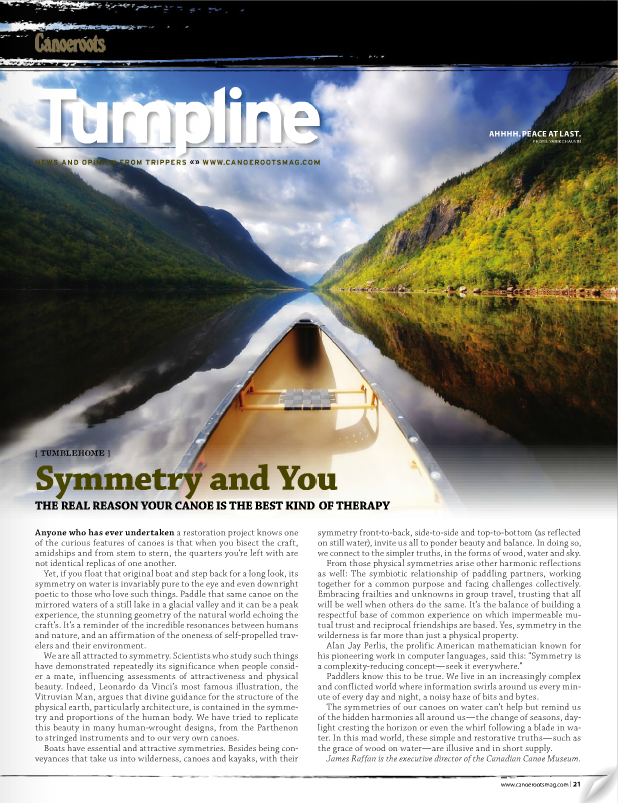 This article originally appeared in Canoeroots and Family Camping, Spring 2014.
This article originally appeared in Canoeroots and Family Camping, Spring 2014.
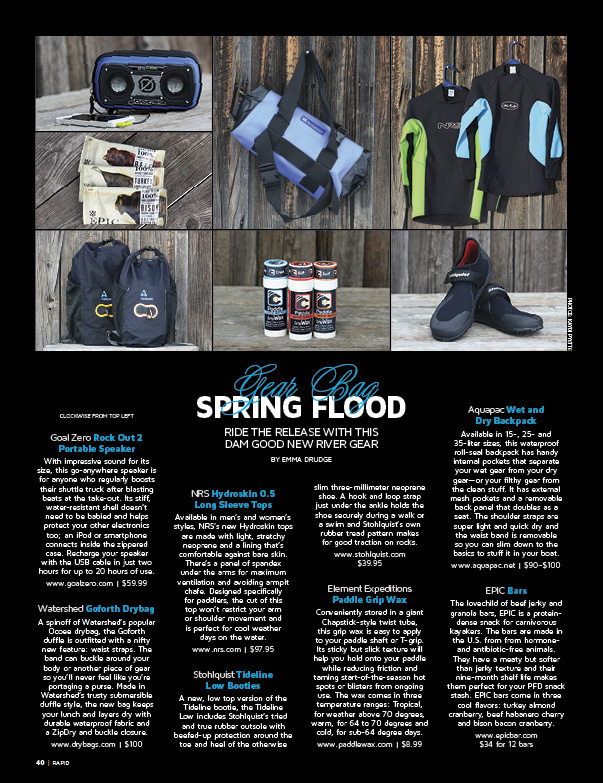

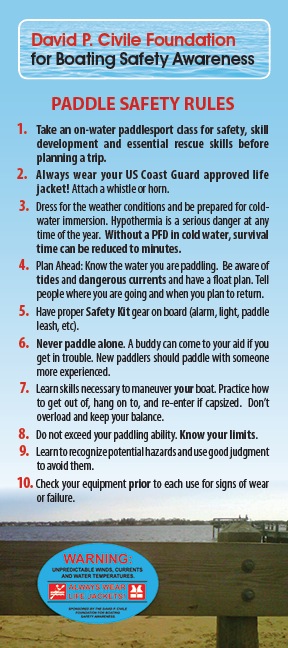 David’s family established the foundation in 2011 following the tragic kayaking accident that resulted in the death of their 26-year-old son on November 17, 2010 in New Jersey. David had purchased his kayak just three weeks before. Being athletic, a strong swimmer, experienced canoeist, having a floatation seat cushion on board and paddling in a river, as opposed to the ocean, no doubt lead to David having a false sense of security. That morning he purchased waterproof pants and called his mom to say he was going out for an hour; the air temperature was 65 F, unseasonably warm and sunny. He launched in ankle-deep water, unaware of the dangers of the cold water temperatures, and strong currents and winds in the main channel.
David’s family established the foundation in 2011 following the tragic kayaking accident that resulted in the death of their 26-year-old son on November 17, 2010 in New Jersey. David had purchased his kayak just three weeks before. Being athletic, a strong swimmer, experienced canoeist, having a floatation seat cushion on board and paddling in a river, as opposed to the ocean, no doubt lead to David having a false sense of security. That morning he purchased waterproof pants and called his mom to say he was going out for an hour; the air temperature was 65 F, unseasonably warm and sunny. He launched in ankle-deep water, unaware of the dangers of the cold water temperatures, and strong currents and winds in the main channel.
